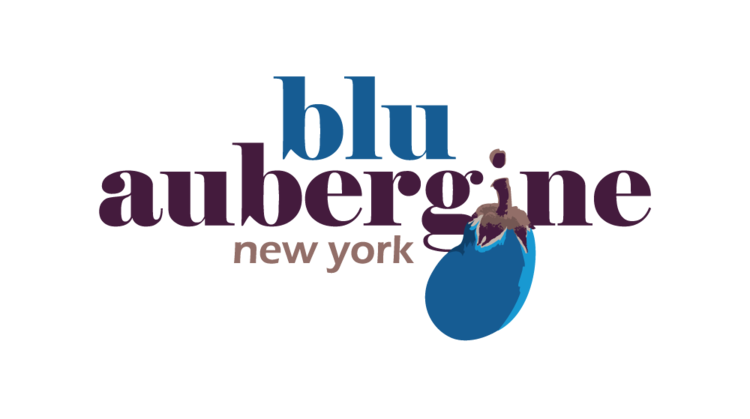
When asked by Americans why most Italians are thin, despite their seemingly incessant carbo-loading and indulging in 4-hour marathon dinners, I usually respond thusly: "Italians don't snack." And while this is mostly true, they do have their fair share of snack-like substances -- small bites and appetite whet-ers that certainly entice, if not so much in between meals as at the start of them. But Romans, oh, the Romans! They, of course, have a few exceptions. Roman pizza al taglio, or by the slice, makes a nice snack at any time -- particularly pizza rossa: red pizza, the thin crust barely slicked with tomato sauce, olive oil, and sea salt. Gelato counts as something Italians eat not only for dessert, but also mid-day, around 5 or 6 p.m., still several hours before dinner but not quite aperitivo hour. And then there are SUPPLI'.

Not to be confused with arancini, which are the sometimes-stuffed risotto balls of Sicilian origin, suppli' are an entirely Roman invention, something that harks back to the Eternal City's now-defunct friggitorie (little shops or stalls specializing in fried foods). Today you can find suppli' in pretty much any Roman pizzeria, whether it's a pizza al taglio shop or a sit-down pizzeria that only fires up its wood-burning oven for dinner. It's become tradition in Rome to have frittibefore the pizza, and so you can witness happy Romans all over the city tucking into little plates of various fried items (more on those in another post), including suppli'.
The version in Rome was supposedly originally made with risotto and a meat ragu', but now the typical suppli' is made with risotto and tomato sauce, with a bocconcino ("small mouthful": a tiny ball) of mozzarella in the middle. This is the surprise -- suppli' as a name, curiously, comes from the French word for surprise -- in the middle. The mozzarella melts when the rice ball is dipped in egg, coated in bread crumbs, and deep fried. When you break the suppli' in half, the melted mozzarella forms a string that stretches and looks like a telephone wire, hence its full name: suppli' al telefono.
Now, you can find these delicious delicacies at any decent Roman pizzeria, as stated earlier. But arguably the best spot for them is at a place technically called "Sisini La Casa del Suppli'," known simply as I Suppli', in Rome's Trastevere neighborhood. There are no chairs in this little buco (hole in the wall). There are now 2 tall tables at which you may stand and eat your suppli' or your pizza. This is no-frills. But it's absolutely delicious, and downright cheap. Their pizza al taglio at I Suppli' is justly famous around the city. Of course, they make several pizzas with interesting toppings and their pizza with potatoes and rosemary is among the best, though I go strictly for their margherita pizza.

They don't always have some at the ready, so if I don't see any I'll ask when the next pizza -- a huge rectangular slab of hot, crispy, chewy dough bathed in tomato sauce and more mozzarella cheese than I generally prefer, but here, I say bring it on! -- will be sfornata, or taken out of the oven. (Side note: one little reason I love the Italian language? Sfornata literally means 'un-ovened.' The "s" before an already-existing word often makes the word a negative or opposing version of itself. How cool is that?).
Anyway, the margherita pizza is great, and I always get enough to fold over like a sandwich and eat it while strolling the neighborhood.


The rotisserie chicken at I Suppli' is delicious as well, perfuming the surrounding streets of the zona, and worth considering for a convenient dinner option along with some oven-roasted potatoes and sauteed cicoria greens. But really, the name above the door says it all. It's I Suppli, so that's what you have to try, without fail, when you make the trip here. They're plenty good at room temp, and Romans are happy to eat most foods at this moderate temperature. But they're another experience when piping hot.

Ask them to warm it up for you, if you don't catch a batch fresh out of the fryer. This way, you get the full experience of the melted mozzarella "surprise" in the middle, and to my mind, the full taste experience. You may have to wait a few minutes for it. You will most likely have to wait in line for it. But, good things come to those who wait, and this is never more true than when you're waiting for some delicious bite of food in Italy, vero?
And a little tip: if you're headed there at lunch or dinner time, try to get there on the early side. They do sometimes run out, demand for suppli' (haha) being what it is at mealtime. Buon suppli'!
I SUPPLI' (SISINI LA CASA DEL SUPPLI')
Via San Francesco a Ripa 137
Trastevere
00153 Roma, ITALY
+39 06 589 7110


























































































































































